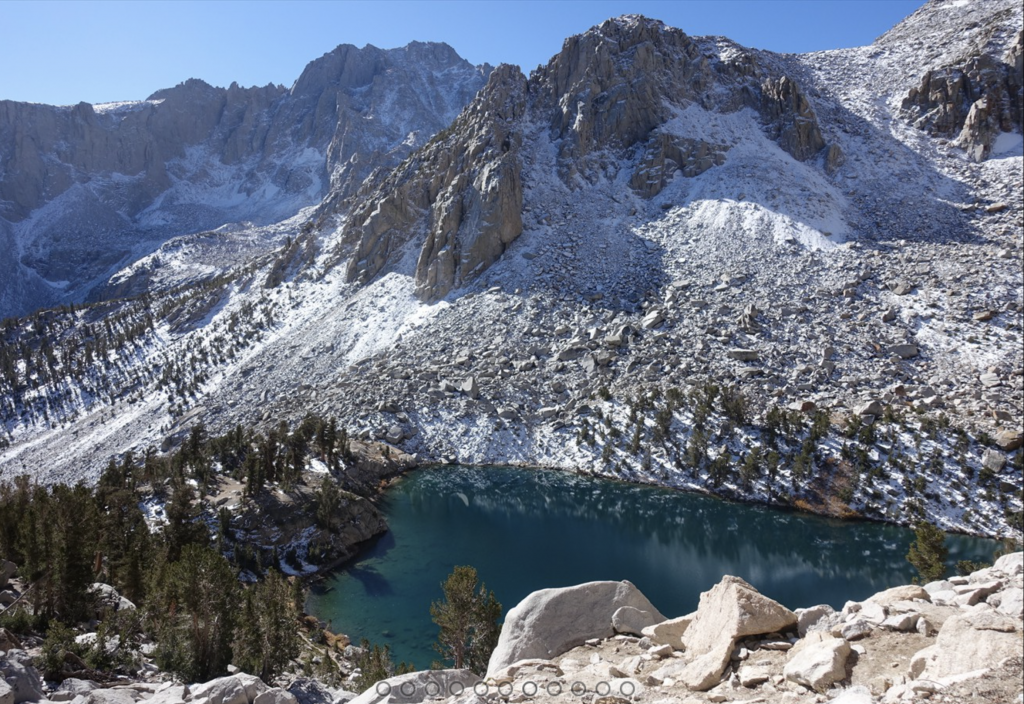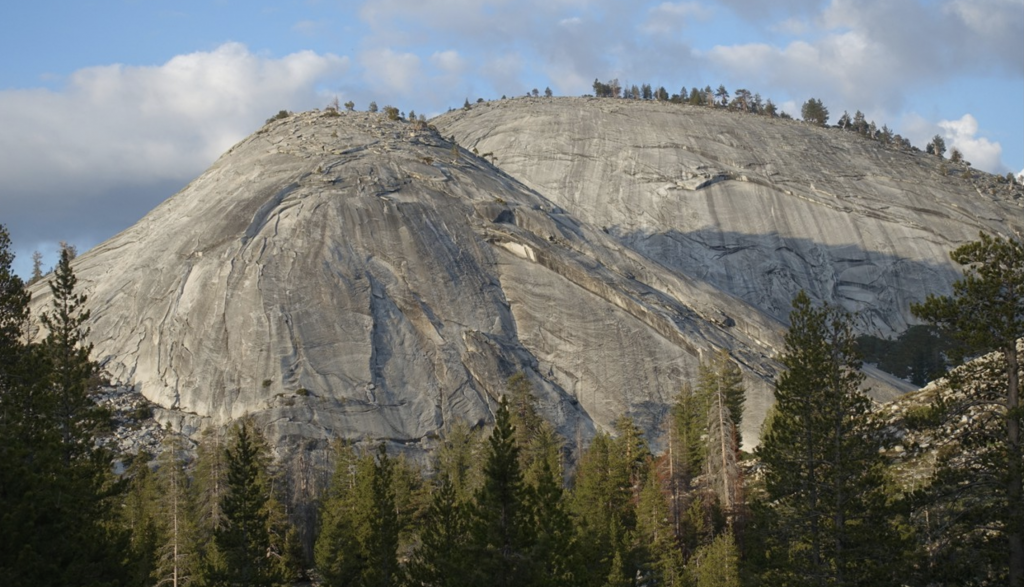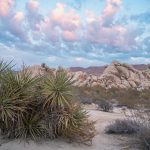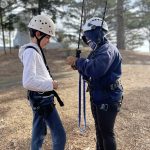John Dalbey is an avid outdoorsman and backpacker who has instructed backpacking trips in the Sierra Nevada for Outward Bound since 1987. Sparked by his curiosity to explore different parts of the Sierra Nevada and learn more about famous naturalist and environmentalist John Muir, Dalbey embarked on a project to determine Muir’s exact path in 1873 through the mountain range.
With that knowledge and love for the area, he mapped out a new backpacking route through the Sierra Nevada.
He wrote a guidebook on his findings called “John Muir’s Yosemite – Kings Canyon Route. A hiker’s guide to the original 1873 expedition route.” Dalbey has dubbed this route the “YKC Route,” an abbreviation for Yosemite Kings Canyon, where the route travels to and from. He already published a preview, “The Adventurer’s Edition” of the guidebook which includes the introductory chapter and some basic information on the trail.
John Muir, an environmentalist and naturalist most famous for his work exploring the Sierra Nevada, spent much of his life exploring the Yosemite region and working on conservation projects to protect the area. However, before it is important to note his work came with criticism for his actions toward indigenous peoples in the areas he explored.
He’s often criticized for caring more about the land than the people it belonged to. The founding of national parks across the country removed Natives from the land in an effort to open opportunities for white settlers. The Indigenous peoples that lived along the YKC and throughout the Sierra Nevada region were disproportionately affected by these expeditions and the ultimate establishment of Yosemite and Kings Canyon National Parks and other federally protected lands in the region.
The YKC focuses on just one of Muir’s many expeditions throughout his lifetime and the places he traveled through that are important to the history of the area. The objective of traveling this route is to learn more about the history of the region and travel through places that hold historical context in more ways than one. This is perhaps what sets the YKC apart from any other backpacking route in the Sierra Nevada.

The idea of exploring this route first came to Dalbey 15 years ago, but he did not get too serious about it until 2017 when he started doing more research into John Muir’s writings and discoveries in the Yosemite region.
“By reading through his journals and biographies I was eventually able to figure out where he traveled in 1873,” Dalbey said in an interview. Dalbey spent the summers of 2017-2020 making several trips up to the Sierra and mapping together the route by exploring the area.
“I went up there myself and started hiking around and seeing how much of it could be done by today’s backpacker,” he said.
The biggest challenges he faced in sticking to Muir’s path were new hydroelectric power systems that have been put in place and some sections of land that have become private property since 1873, but aside from avoiding those few obstacles, most of Dalbey’s route remains the same path once traveled by Muir.
To travel Dalbey’s route all at once, the average backpacker can expect the journey to take about three weeks. The trail is 212 miles long which includes 8.5 miles of paved road, 73 miles of dirt roads, 78 miles of established hiking trails, and 51 miles of off-trail terrain. It’s challenging and only recommended to experienced backpackers who have embarked on adventures like this before.

However, Dalbey says this route also includes several opportunities for shorter adventures that may be just a few nights or even day hiking options. Dalbey also stresses that this route is not the John Muir Trail.
“Because the John Muir Trail bears the name of the famous naturalist, many assume that he pioneered it or at least traveled its length at some point in time,” Dalbey wrote. “He did not. The trail wasn’t completed until 23 years after Muir’s death.”
The YKC is a much quieter route than the JMT which is highly trafficked and well-traveled. The YKC offers much greater solitude and independence, as it’s not an established route.
Dalbey compares the YKC more so to the Sierra High Route, which is another more remote route in the Sierra. However, the Sierra High Route’s main goal was to stay at a high elevation above 10,000ft.
“My route differs mainly in that it has a historical context and secondly, it has a variety of terrain,” Dalbey explains. The YKC has a variety of elevations, climates, and terrains. Backpackers can visit redwood groves and hot springs and experience a range of Sierra climate zones. Dalbey says this is something you won’t find as much of on the other Sierra Nevada routes.

Researching and exploring the YKC gave Dalbey a newfound respect for the front country, or parts of the wilderness that are relatively close to access roads, running water, or bathroom sites. He writes that there are only two sections of the YKC that are further than ten miles from a road or trailhead and that most places along the YKC are only about a half-day hike from a road in case of emergencies.
But for Dalbey, the best part of the project was simply getting to have an adventure. “For me, a lot of the fun was just going out and exploring,” he said.
Currently, Dalbey has completed what he considers a finished manuscript of his guidebook. He has found an interested publisher to work with and says they expect it will be published in about a year and a half. However, Dalbey doesn’t want that to deter people from embarking on an adventure on the YKC.
“I would invite someone to take the adventure guide and start exploring now, there’s enough information there to get someone started,” he said.
The Adventure Guide as well as more information on the upcoming guidebook can be found on Dalbey’s website at johnmuirroute.com.
More Information about John Muir
Muir was a co-founder of the Sierra Club, an environmental organization that today works to amplify environmental issues and voices and acknowledges its founder’s controversial past. Muir’s actions and treatment of the Natives are often questioned, and regardless of what he may have done, it is without a doubt that the Indigenous people were treated cruelly during this time and continue to be displaced and erased from these lands.
The Sierra Club published an article in 2020 detailing John Muir’s relationships, as well as the Sierra Club’s history: Pulling Down Our Monuments











Great article! We’ll written and interesting.
Thanks Jessica! Sierra did a great job, and John is so knowledgeable about the course area. They’re a good team!